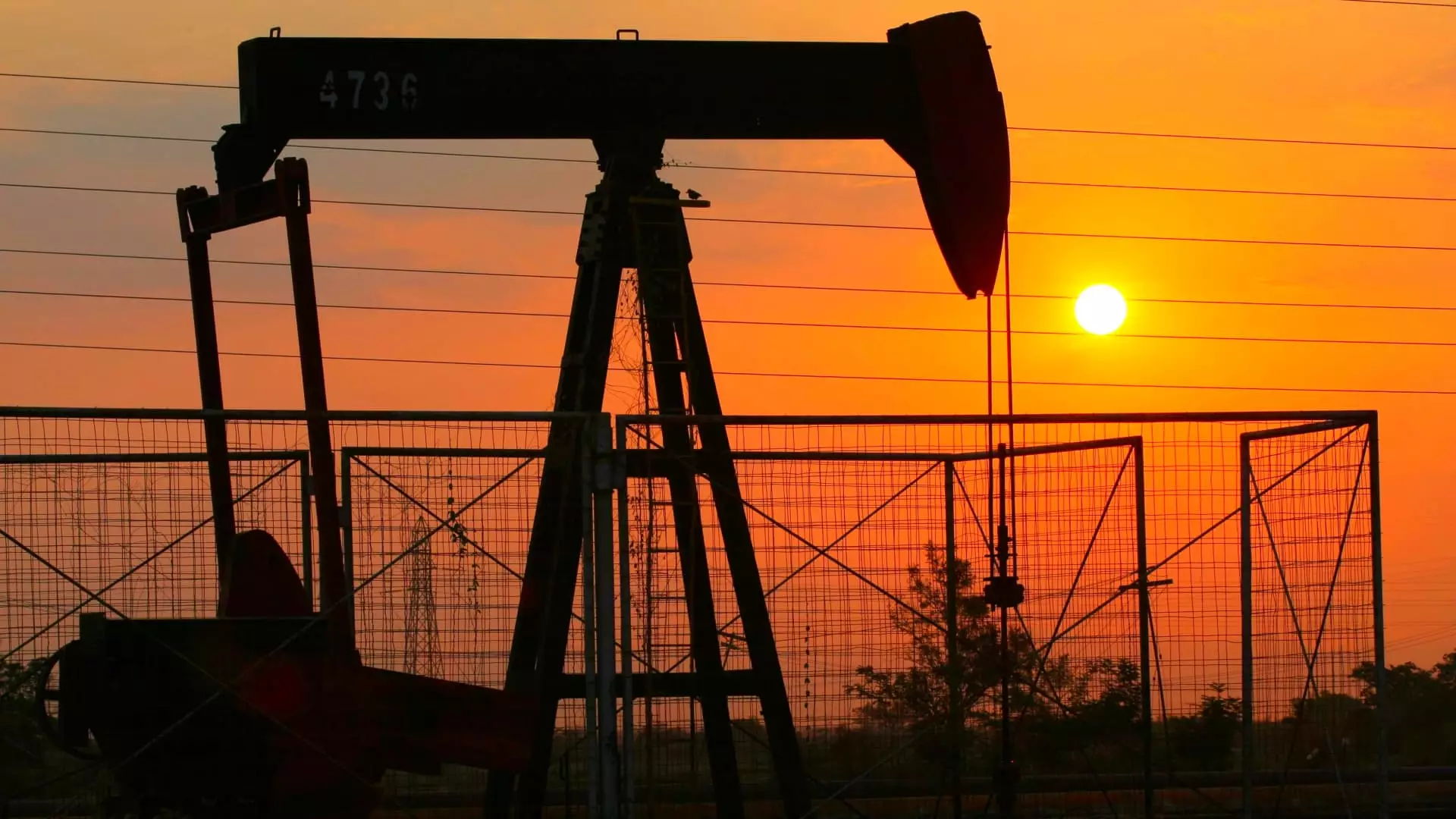The recent announcement regarding the death of Hassan Nasrallah, the longstanding leader of the Iran-backed militant group Hezbollah, has stirred speculation across geopolitical and economic circles. Nasrallah was reportedly killed in an Israeli airstrike that targeted the group’s stronghold in Beirut, catalyzing discussions around the potential ramifications. He led Hezbollah for over three decades, during which he became synonymous with the group’s resistance against Israel and its broader campaign against Western hegemony in the Middle East. Countries like the U.S. and the UK classify Hezbollah as a terrorist organization, highlighting the complex and often perilous nature of Middle Eastern politics.
Despite the gravity of the incident, the oil markets demonstrated relative stability and indifference. Brent Crude and West Texas Intermediate (WTI) prices saw modest increases, indicating that the anticipated escalation in conflict had not raised alarm bells within the industry. This apparent resilience begs the question: why did oil prices remain unaffected amidst the uncertainties surrounding Hezbollah and its implications on regional stability?
In a climate where global instability could easily disrupt oil prices, market reactions have been surprisingly muted. Despite the heightened hostilities and the potential for increased violence, experts believe that the direct impact on oil supply is minimal at this juncture. Andy Lipow, president of Lipow Oil Associates, observed that the market’s guarded optimism stems from the absence of immediate supply disruptions. The stability in prices suggests that traders are unwilling to speculate on a full-scale confrontation between Iran and Israel—a scenario that would typically invoke market turmoil.
Additionally, the dynamics of supply are shifting. An increased output from oil-producing nations such as the U.S., Canada, and Guyana, combined with a stagnation in demand from China, has contributed to a more robust supply picture. OPEC+ has also delayed restoring production cuts, which adds an additional layer of complexity to the current oil landscape. As the market navigates these dynamics, it becomes evident that the implications of Hezbollah’s leadership change, while significant, are not necessarily mirrored in the immediate oil supply scenario.
While market analysts hold a cautious perspective on immediate risks, both Lipow and Josh Young, CIO at Bison Interests, emphasize that escalating conflicts could quickly alter that trajectory. The looming threat of the Straits of Hormuz’s closure remains a profound concern for the oil markets. Approximately 20% of global oil trade passes through this strategic chokepoint, which links the Middle Eastern oil producers to international markets. Should a war disrupt access to this vital corridor, oil prices could surge dramatically—potentially crossing the $100 per barrel threshold.
The geopolitical calculus is highly complex. The potential for a broader conflict, particularly if retaliatory strikes were to proliferate following Nasrallah’s death, complicates existing predictions. While experts appear skeptical of immediate repercussions, the volatility of Middle Eastern geopolitics leads to scenarios where even minor skirmishes can escalate into significant supply chain disruptions.
Beyond the economic analysis lies the stark human reality of the continuing conflict. Tens of thousands have been displaced as fighting spills over the Israel-Lebanon border—a consequence of the heightened tensions since Hamas’s attack on Israel in October 2023. Hezbollah’s vocal support for Hamas continues to complicate their position in this sprawling conflict. This humanitarian crisis, combined with the specter of war, underscores the dire necessity for diplomatic resolutions.
While the oil markets may remain steady for now, the broader implications of this violence resonate far beyond financial metrics. The social fabric of the region is under duress, and the international community must navigate these treacherous waters carefully. As the situation unfolds, the interplay between leadership changes, economic stability, and humanitarian consequences will be critical in determining the overall trajectory of the region and the global oil market.
While the immediate impact on oil prices following Nasrallah’s death has been negligible, the undercurrent of tension within the Middle East remains perilous and unpredictable. As the situation develops, both the economic and humanitarian facets will demand our attention and action.


Leave a Reply